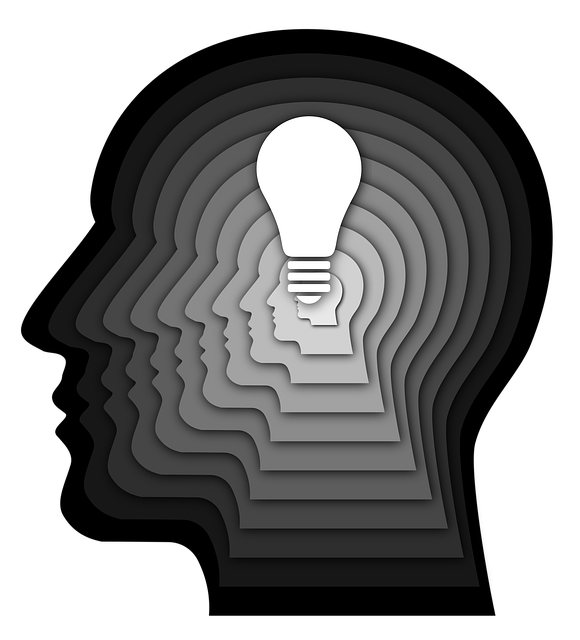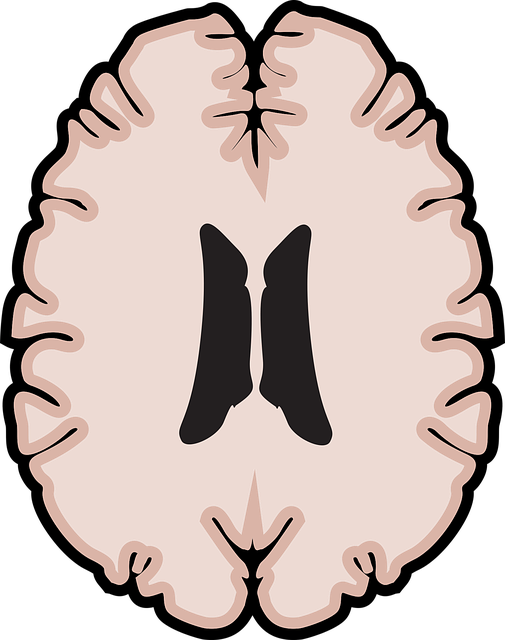Marketing Mental Wellness Apps: ASL, Senior Care, & Engaging Strategies
Marketing wellness apps for seniors must address specific mental health needs, focusing on accessibi…….
In an increasingly diverse and interconnected world, the importance of accessible and effective communication cannot be overstated, especially within the context of elder care. Therapy for Elders American Sign Language (ASL) is a specialized field that focuses on enhancing communication and quality of life for elderly individuals through the medium of ASL. This article aims to provide an in-depth exploration of this unique and impactful approach, offering insights into its history, global reach, economic implications, technological innovations, regulatory frameworks, challenges, and promising future prospects. By delving into these aspects, we hope to shed light on why and how Therapy for Elders ASL is transforming the lives of seniors worldwide.
Therapy for Elders ASL involves the use of American Sign Language as a therapeutic tool to address various psychological, social, and cognitive needs of elderly individuals. It is designed to improve communication skills, promote emotional well-being, enhance cognitive function, and foster social connections among older adults who are deaf or hard of hearing. The core components include:
The concept of therapy using sign language has its roots in the late 19th century when pioneers like Laurent Clerc advocated for manual communication as a means to educate the deaf community. However, it was not until recent decades that Therapy for Elders ASL gained prominence as a specialized field. The increasing aging population worldwide, coupled with improved accessibility and acceptance of sign language, has driven its development. Today, it is recognized as a valuable component of gerontological care, offering a unique approach to addressing the specific challenges faced by elderly deaf individuals.
Therapy for Elders ASL has garnered global attention and adoption due to its proven benefits in enhancing quality of life for older adults who are deaf or hard of hearing. Organizations worldwide have begun integrating ASL therapy into their elder care programs, reflecting a growing awareness of cultural sensitivity and effective communication. For instance, countries like Australia, the UK, and several European nations have implemented initiatives to promote ASL therapy, recognizing its potential in improving mental health outcomes and social integration among their aging populations.
The global market for Therapy for Elders ASL is experiencing steady growth, driven primarily by the rising number of elderly individuals worldwide and increased awareness of effective communication practices in elder care. According to a 2022 report by ResearchAndMarkets, the global sign language therapy market size was valued at USD 354.1 million in 2021 and is projected to grow at a CAGR of 6.2% from 2022 to 2030.
Private investment in ASL therapy has been on the rise, with many startups and non-profit organizations focusing on developing innovative tools and programs. Government funding plays a crucial role, particularly in countries with robust healthcare systems, where ASL therapy is increasingly recognized as an essential component of elder care. Grants and subsidies support research, training, and the establishment of specialized centers.
The economic benefits of Therapy for Elders ASL are multifaceted:
Technology has revolutionized Therapy for Elders ASL through digital platforms and mobile apps designed to teach and promote the use of ASL. These tools offer interactive lessons, video demonstrations, and gamified exercises, making language learning more engaging and accessible. Examples include:
AI is transforming ASL therapy by personalizing learning experiences and providing intelligent feedback:
The development and implementation of Therapy for Elders ASL are guided by various policies and regulatory frameworks that vary across regions:
These policies have a significant impact on the growth and standardization of ASL therapy:
Despite its numerous benefits, Therapy for Elders ASL faces several challenges:
Addressing these challenges requires a multi-faceted approach:
In Chicago, Illinois, the “Sign Language Therapy for Seniors” program has achieved remarkable success. This community-based initiative offers weekly ASL classes tailored to different age groups and skill levels. The program’s focus on cultural sensitivity and social interaction has led to increased participation from diverse ethnic backgrounds. Regular assessments show significant improvements in communication skills and cognitive function among participants, many of whom have formed strong social bonds within the group.
In remote areas of Australia, where access to specialist therapists is limited, a remote ASL therapy service has been highly effective. Using video conferencing technology, trained therapists provide individual and group sessions to older adults who are deaf or hard of hearing. This approach has improved language skills, mental health outcomes, and social connectedness among participants, despite the geographic challenges.
The University of Amsterdam’s Sign Language Therapy Department offers a unique program combining ASL therapy with gerontological studies. Students gain practical experience through placements at local senior centers and residential homes. This academic approach has resulted in highly skilled therapists who understand the complexities of aging and communication. The program’s graduates have contributed to advancing ASL therapy practices both nationally and internationally.
The future of Therapy for Elders ASL holds immense promise across several domains:
To capitalize on these prospects, stakeholders should:
Therapy for Elders American Sign Language represents a powerful tool for enhancing the lives of elderly individuals who are deaf or hard of hearing. Its global impact, economic benefits, technological advancements, and growing recognition underscore its importance in the field of gerontological care. By addressing challenges and leveraging emerging trends, this specialized therapy has the potential to revolutionize communication and quality of life for seniors worldwide. As we continue to navigate an aging population and an increasingly diverse society, Therapy for Elders ASL will undoubtedly play a pivotal role in fostering connections, preserving cultural heritage, and promoting independence among our elders.
Q: What is the primary goal of Therapy for Elders ASL?
A: The primary goal is to improve communication skills, emotional well-being, cognitive function, and social connections for elderly individuals who are deaf or hard of hearing using American Sign Language.
Q: Who can benefit from this therapy?
A: Anyone aged 65 and above who is deaf or hard of hearing and uses ASL as their primary means of communication can benefit from Therapy for Elders ASL.
Q: How does Technology enhance ASL therapy?
A: Technology offers interactive learning platforms, remote therapy sessions, and AI-driven tools for personalized instruction, making ASL therapy more accessible and engaging.
Q: Are there any cultural considerations in ASL therapy?
A: Yes, cultural sensitivity is crucial. Therapists should be aware of regional dialects, cultural norms, and sign language variations to provide effective and respectful care.
Q: Can Therapy for Elders ASL improve cognitive function?
A: Research suggests that regular ASL practice can enhance cognitive abilities, including memory, problem-solving skills, and critical thinking among older adults.

Marketing wellness apps for seniors must address specific mental health needs, focusing on accessibi…….

Providing effective therapy for elderly individuals with American Sign Language (ASL) backgrounds re…….